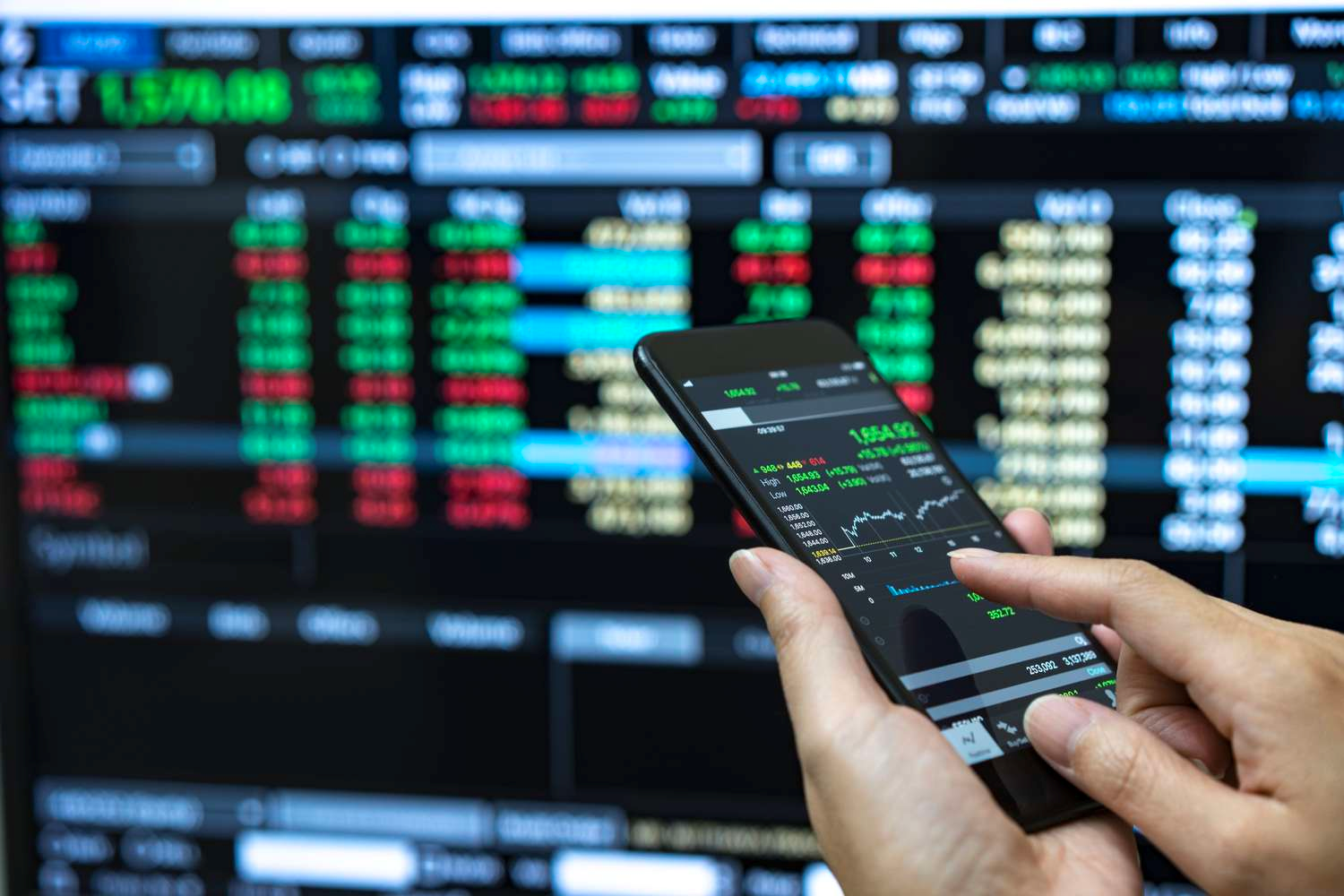Exciting trends have often invaded the trading spaces with investors finding new and exciting ways to complete their trades in the market. ETFs have evolved and currently, they are among the most exciting forms of investment.
The popularity of ETFs has risen in part due to their flexibility and their focus on sustainability. In addition, they are the most affordable and their returns are tax-efficient. Indeed, stocks and any other forms of investments have their merits, and depending on the situation in the market, they can rival what ETFs have to offer.
However, in the 2020s, ETFs have transformed into serious diversified-ready investments worth considering in a portfolio, and are perfect for newbie investors consuming information on how to invest in ETFs for beginners?
In-Flows
Stocks hold the title of the most exciting instrument in the world. While the fact still stands, instruments like futures, forex, and ETFs have picked up fast. Inflows in the ETF space have grown considerably, and in 2023 they stood at about $25 billion in quarter-one. The growth represents a double figure from 2019 figures, meaning that the current volume of traded ETFs is at a historic high.
ETFs currently under management total about $37 trillion–2022 figures, a staggering number that has exceeded expectations in a space filled with other trading instruments for traders to contemplate.
Sustainability
Sustainability is a feature that has invaded the business space since the concerns about climate change started taking center stage. Traded funds stand as one of the most sustainable instruments in the market today. Ideally, ETFs are funds representing assets that trade in the stock market. Investors can choose to focus on bundled securities that represent their views on the environment and personal beliefs about sustainability.
Funds that represent assets with ESG considerations have helped grow the ETF market to levels totaling about $30 billion, which will grow to 50 billion in 2025. The figures highlight investors who have bet big on the climate, which beyond the profit concerns needs a concerted effort to prevent rapid warming of the atmosphere—a situation that might disrupt the way humans associate on Earth.
From the statement, it is clear that ETF trading is promoting efforts toward environmental sustainability.
Active ETFs
Passive ETFs have dominated the markets for a long while, owing to their higher probabilities of beating the market. Indeed, as the market grows, active ETFs have started to take the attention of many investors.
Active trading permits managers to have their eyes fixed on market movement to allow the investment to take advantage of minor changes. The new trend is akin to what happens in intraday trading for assets like crypto and stocks.
While intraday trading does not offer significant advantages, it allows multiple wins within a day.
Regulations
Historically, trading has existed under the watchful eyes of the securities commission. Beyond the US, various authorities have created rules governing the movement of funds in the stock exchange.
In the past decade, new instruments like crypto have forced security commissions to redraw their rules, to feature new instruments that are forcing their way into the primary market.
The US has featured new rules that have set the stage for ETF holders, who now enjoy less paperwork when applying for new funds to include in their portfolios. Right now, investors can apply for more funds and easily exchange them should they feel it is the right time to get out of their positions.
Concerns
ETFs often provide an investor with an already diversified position because they represent several companies. Thinly spread portfolios provide a poor entry to an ETF investment, especially if the area of focus is less popular within the wider financial market.
Liquidity is an area of concern that has advanced theming in the ETF market. However, while theming has helped push ESG investing, more work needs to go into making the majority of the ETF more liquid.
Concluding Remarks
ETFs provide a diversified position for investors, which makes it easy to select the perfect theming for an investment. Such trends have led to more inflows in the sector, which will hit a record in 2025. More money in ETFs means more innovation that will invite more investors.







